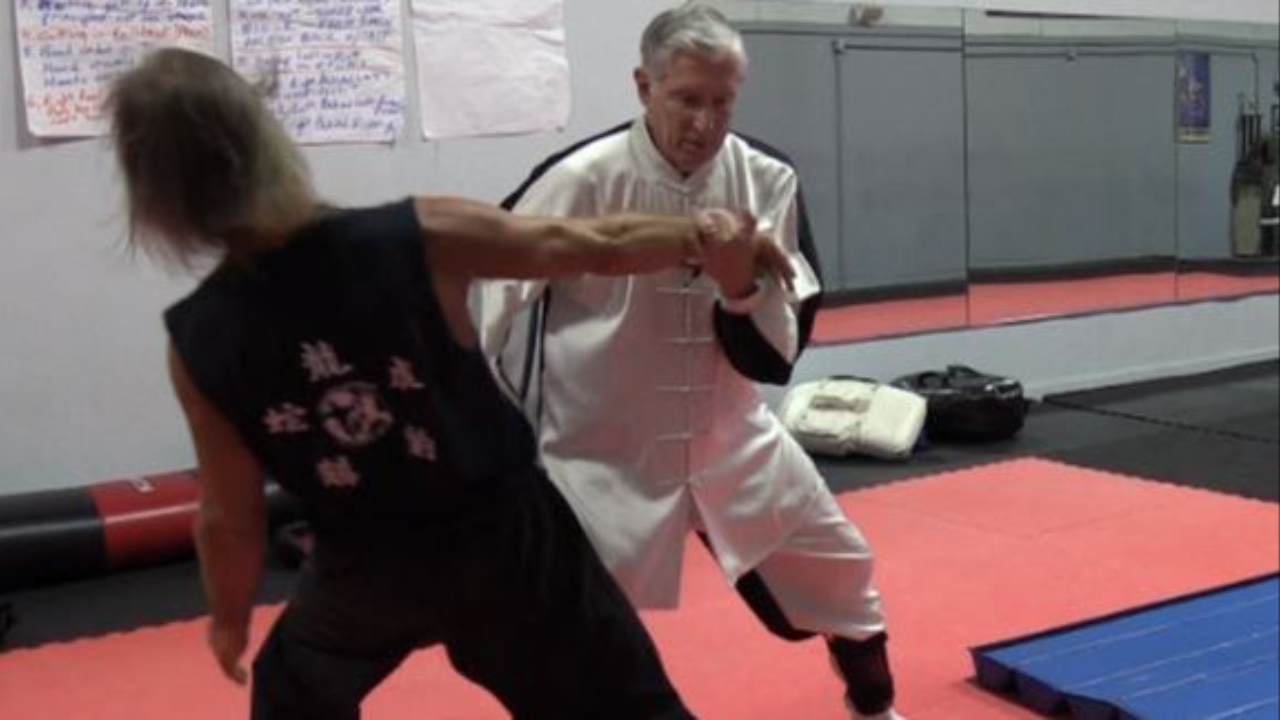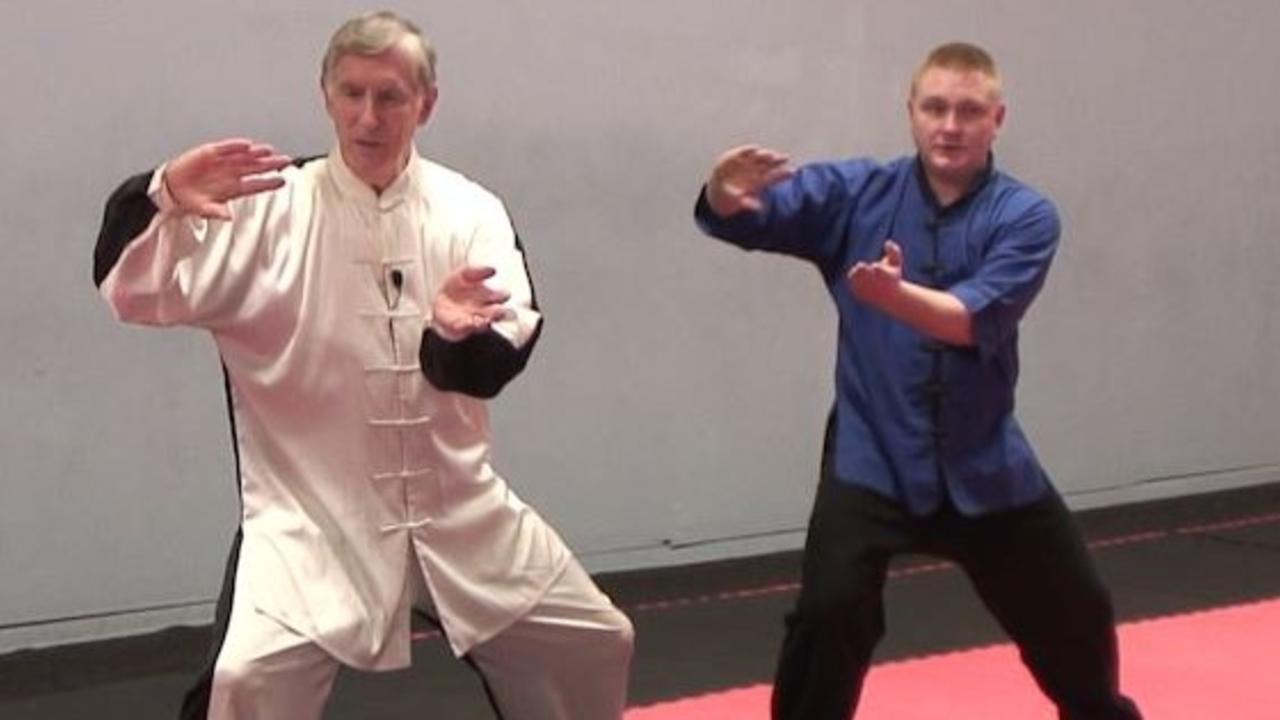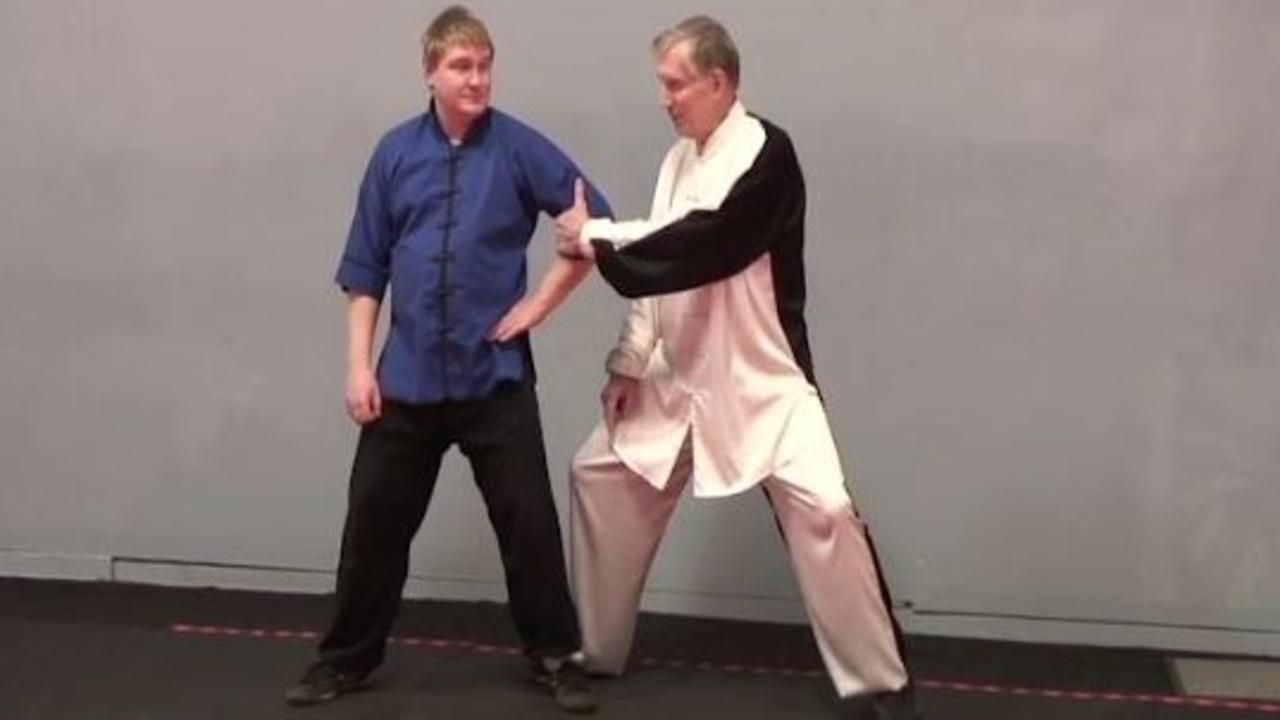What Does the Term "Tai Chi Energies" Really Mean?

You read and hear about different types of "energies" or "jin" in the internal arts. For example, people talk about the "Eight Energies" or the "Thirteen Energies."
Four primary energies (jin) of Taijiquan are:
1. Peng (Ward Off)
2. Liu (Roll Back)
3. Ji (Press)
4. An (Push)
Rounding Out the Rest of the 13 Energies are:
5. Cai (Pluck-Pull Down)
6. Lie (Split - often pronounced like the name Leah)
7. Zhou - (Elbow)
8. Kao - (Shoulder - often called Bump)
9. Teng (striking at an upward angle from the bottom to the top)
10. Zhe (winding, spinning to the ground)
11. Kong (Empty)
12. Huo (lively and active while maintaining internal principles)
13. Five Moving Directions: Front (Forward), Back (Backward), Left, Right, and Middle (maintaining your balance - your Center)
It's important to remember -- despite what some teachers will tell you -- the Taiji "energies" do not involve some invisible energy in your body called Peng, or Liu, or whatever.
It's a lot more accurate ...
How to Develop a Body Method in Tai Chi, Xingyi and Bagua

In martial arts, a body method (also known as "body mechanics" or "body structure") refers to the way a practitioner uses their body efficiently and effectively to generate power, maintain balance, and execute techniques. It is a fundamental aspect of martial arts training and involves understanding how different parts of the body work together to produce force, maintain stability, and move fluidly.
Body methods can vary significantly between different martial arts styles and systems. You can even go to different teachers in Taiji and some will have a strong body method and others won't even mention it. The ones who don't mention it usually have weak gongfu. The more a teacher promotes health and "moving" meditation, the lower the quality of their body method, in my humble opinion.
In all sports that require your body to produce force and power, there are specific ways of moving the body most efficiently, although there are a lot of different personal styles of doing that. Look at di...
The Tai Chi Skill of "Dang" -- a Rounded Crotch

Song in Taijiquan - A Relaxed State of Readiness

Translations of Ancient Tai Chi Classics Can Point You the Wrong Way

I like Dr. Yang Jwing-Ming. He has done some good things for the arts. He has tried to save some of the older texts and Chinese "songs" and "poems" related to martial arts.
The first of the classics he presents in the book is supposed to be by Chang San Feng (also spelled Zhang San Feng), but we all know that there is absolutely no evidence that Chang San Feng was a real person. He is a "legend," which means he probably didn't exist. A lot of people who refuse to say the Chen family created the art insist that Chang created it centuries earlier.
Dr. Yang should have mentioned this in the book, but ...
